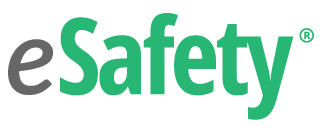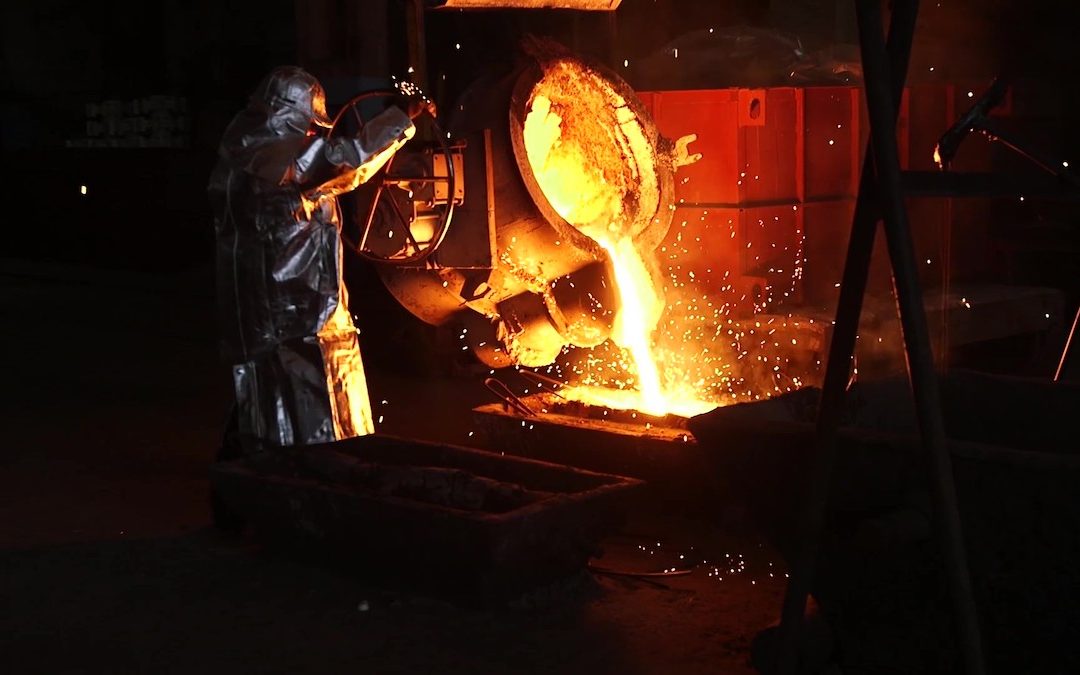eSafety’s Heat-Related Illness series was developed to create a better understanding of heat-related illnesses. These illnesses are prevalent in the workplace year-round and can affect anyone working in a warm, humid environment both indoors and outdoors. This series will cover topics that include the different types of heat-related illnesses, signs and symptoms of these illnesses, and workplace prevention methods.
Heat-related illnesses are a concern for many employers. Any time an employee is working in a hot, humid environment, or is doing work that significantly raises the metabolic heat of the body, whether indoors or outdoors, they are at risk of a heat-related illness. Heat-related illnesses are serious and can be life-threatening, but they are preventable.
This article was developed to provide a general overview of heat-related illnesses, and aims to provide some introductory information regarding the importance of awareness and environmental monitoring for potentially dangerous conditions, as well as which administrative and engineering controls employers can provide to protect workers from heat-related illnesses in the workplace.
Monitor Environmental Conditions to Employ Appropriate Heat-Related Illness Prevention Tactics
Employees are at a greater risk for heat-related illnesses when they are working in hot, humid environments. The most accurate tool for measuring environmental heat stress factors is the Wet Bulb Globe Temperature (WBGT).
What is the WBGT?
The WBGT is a tool used for measuring environmental heat factors. It takes into account all four major environmental heat factors:
- Temperature
- Humidity
- Air movement
- Radiant heat
WBGT meters have three sensors that input data into a calculator that adjusts the temperature to represent the impact that humidity, wind, and radiant heat have on the body’s ability to effectively cool itself. As with most other monitoring methods, the higher the WBGT value, the greater the risk for heat-related illness.
It’s important to note that the WBGT can also be calculated manually to adjust for additional environmental concerns, like the clothing or PPE an employee might be wearing that could prevent heat dissipation.
The American Conference of Governmental Industrial Hygienists (ACGIH) has developed both a Clothing Adjustment Factor and a Threshold Limit Values & Action Limits (TLVs & ALs) chart for heat stress.
We’ll provide more context on the CAF in the PPE section of this article, but it may be helpful to understand threshold limit values and action limits first.
Understanding TLVs & ALs
A TLV is the temperature at which a heat hazard is present for an acclimatized worker (we’ll discuss acclimatization in more detail below).
An AL is the temperature at which a heat hazard is present for a non-acclimatized worker.
These limits, which vary by WBGT and metabolic rate, are intended to maintain the core body temperature to within one degree Celsius of normal (98.6° F or 37° C for most people). Once these limits are reached, controls are necessary to prevent heat-related illness.
Learn more about TLVs and ALs and how they affect acclimatized and non-acclimatized workers using the ACGIH chart on OSHA’s website.
Why the WBGT is a More Effective Method than the Heat Index
In the past, the heat index has been a common way to measure heat stress, but it only measures outdoor air temperature and humidity.
It’s important to remember that the same heat-related illness prevention tactics that apply to employees working in hot conditions outdoors apply to employees working indoors and completing very strenuous work. The WBGT does a much better job of accounting for additional variables, which is what has made the WBGT OSHA’s recommended tool for measuring environmental heat factors.
With the correct tools in place to effectively measure and understand the current environmental factors, prevention tactics can be implemented.
Use Engineering Controls to Reduce Heat for Employees
In workplaces where conditions may exceed the recommended WBGT value range, engineering controls should be employed to prevent heat-related illnesses. Outdoor workplaces, as well as indoor workplaces like bakeries, commercial kitchens, laundries, chemical plants, and more, can become exceptionally hot, and it’s up to the employer to implement engineering controls that can ensure employee safety.
Some engineering controls that make the workplace cooler include:
- Increasing ventilation
- Bringing in cooler outside air
- Using air conditioning equipment
- Using reflective shields to redirect radiant heat
- Insulating hot surfaces
- Providing cooling fans
- Shielding the employee from heat source
Administrative Practices to Reduce Heat for Employees
In addition to implementing environmental controls, employees can also employ a range of administrative practices, all of which work together to help reduce the heat stress employees experience at work.
Acclimate Workers to Conditions
Almost half of heat-related deaths occur on a worker’s first day, and over 70 percent occur during the worker’s first week. It is imperative to acclimate new employees to hot work environments, both indoors and outdoors.
According to OSHA and NIOSH, the Rule of 20 Percent is recommended for employee acclimatization. Generally, this rule dictates that new workers or those returning to work after more than a week of absence should increase exposure to a hot work environment by 20% each day until they reach a full day. For more information on acclimatization, see OSHA’s guide to Protecting New Workers.
Follow Proper Hydration Methods
Proper hydration is another key way to prevent heat-related illnesses in the workplace. OSHA recommends that employers encourage employees who have been in the heat for up to two hours to drink about 8 ounces of water every 20 minutes, even if they are not thirsty. Employees working in hot conditions for longer than 2 hours should consume an electrolyte drink to replace the salt and minerals the body loses during prolonged sweating.
Encourage Regular Rest Periods
When working in conditions with high heat stress, employees should be encouraged to take breaks in a cool or shaded area. If natural shade isn’t available, a temporary shading structure must be provided. The duration of rest periods should increase as heat stress raises.
Encourage the Use of Light-Colored, Loose-Fitting Clothing
Light-colored, loose-fitting clothing helps the body stay cool, and employees should be encouraged to wear comfortable, cool garments so long as workplace safety requirements allow.
Wear PPE & Body-Cooling Products
In any condition, what you’re wearing can impact your heat stress level.
The Clothing Adjustment Factor, developed by the American Conference of Governmental Industrial Hygienists (ACGIH), should be used when determining a clothing adjustment factor for PPE.
Additionally, body-cooling products can be used to relieve heat stress. The following garments work to help keep employees cool and enable them to move freely:
- Water and air-cooled garments
- Ice-pack vests
- Heat-reflective aprons
- Cooling suits
- Cooling hats
Though cooling products aren’t a permanent solution, when used in conjunction with other heat-illness prevention engineering and administrative controls, they are effective.
Establish Safe Scheduling and Work Rotation
To prevent heat-related illnesses, it’s important to consider implementing a rotation schedule that minimizes the impact of heat on workers.
Scheduling heavy and very heavy work at cooler times of the day and establishing a work-rest schedule give the body a chance to cool off, slow down the heart rate, and recover from hot, sweaty work conditions. It’s important to note that a rest period could be light work like attending a meeting or completing paperwork, so long as that rest period is conducted in a cool, shaded spot.
In times of extreme risk, it may also be necessary to schedule shorter shifts to ensure everyone’s safety.
Encourage Communication and Establish a Buddy System
Workplace heat illness prevention relies on open, frequent communication between employees. Establishing a worker buddy system where employees take water breaks in pairs or groups can facilitate a routine time for employees to check in with each other. This type of regular, open communication can help ensure everyone is staying healthy and hydrated.
Heat-related illnesses are a risk for employees working in any hot environment, both indoors, outdoors, and even those that require heavy work. To protect your team, it is important to educate your employees about the different types of heat-related illnesses, as well as heat-related illness prevention methods so they can recognize the symptoms of these illnesses and take preventative methods to keep themselves healthy.
For more information about heat-related illnesses and the prevention of heat-related illnesses in the workplace, consider eSafety’s course on Heat-Related Illness Awareness. To learn more about our courses contact our team online or request a free quote today!

